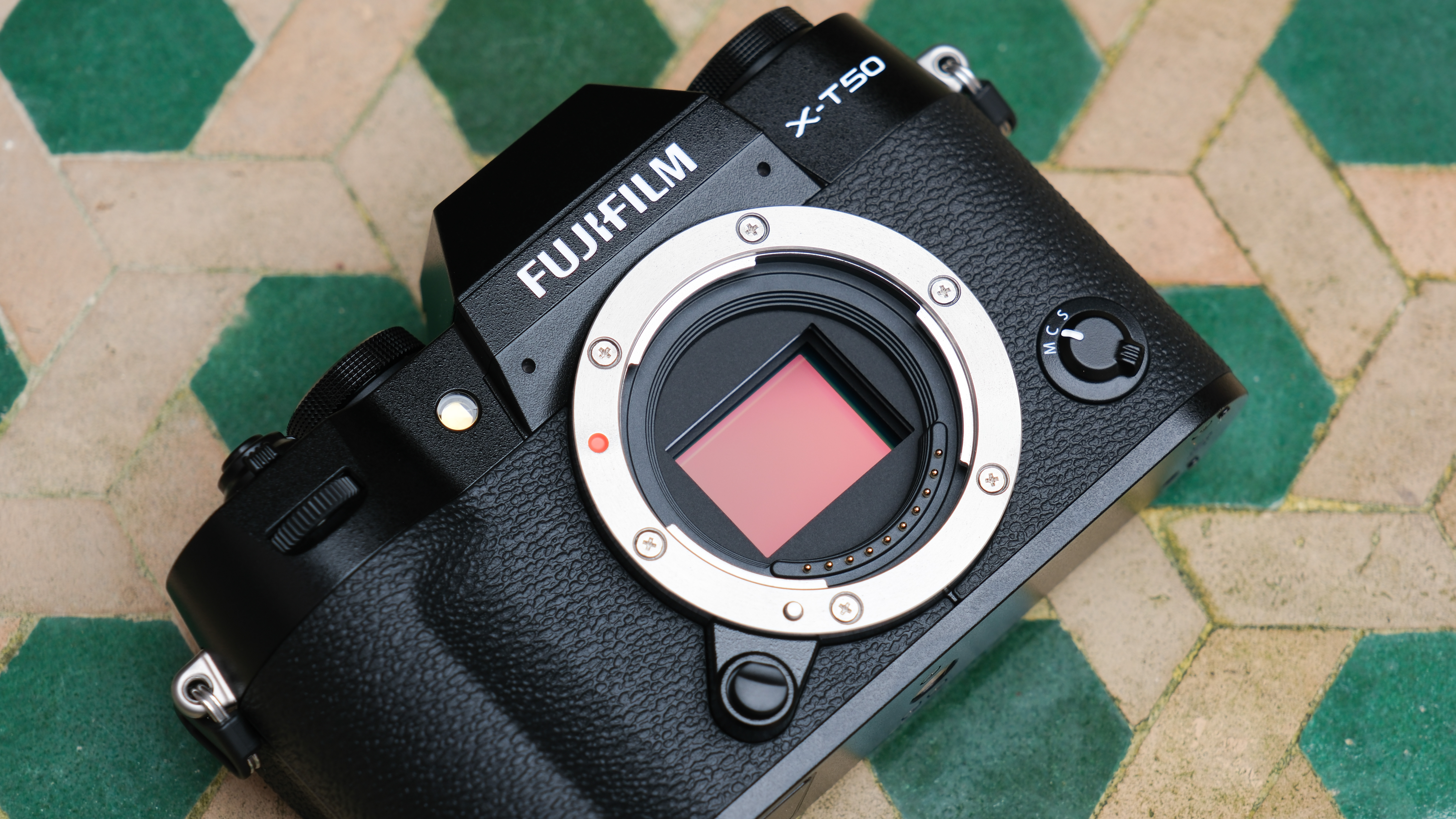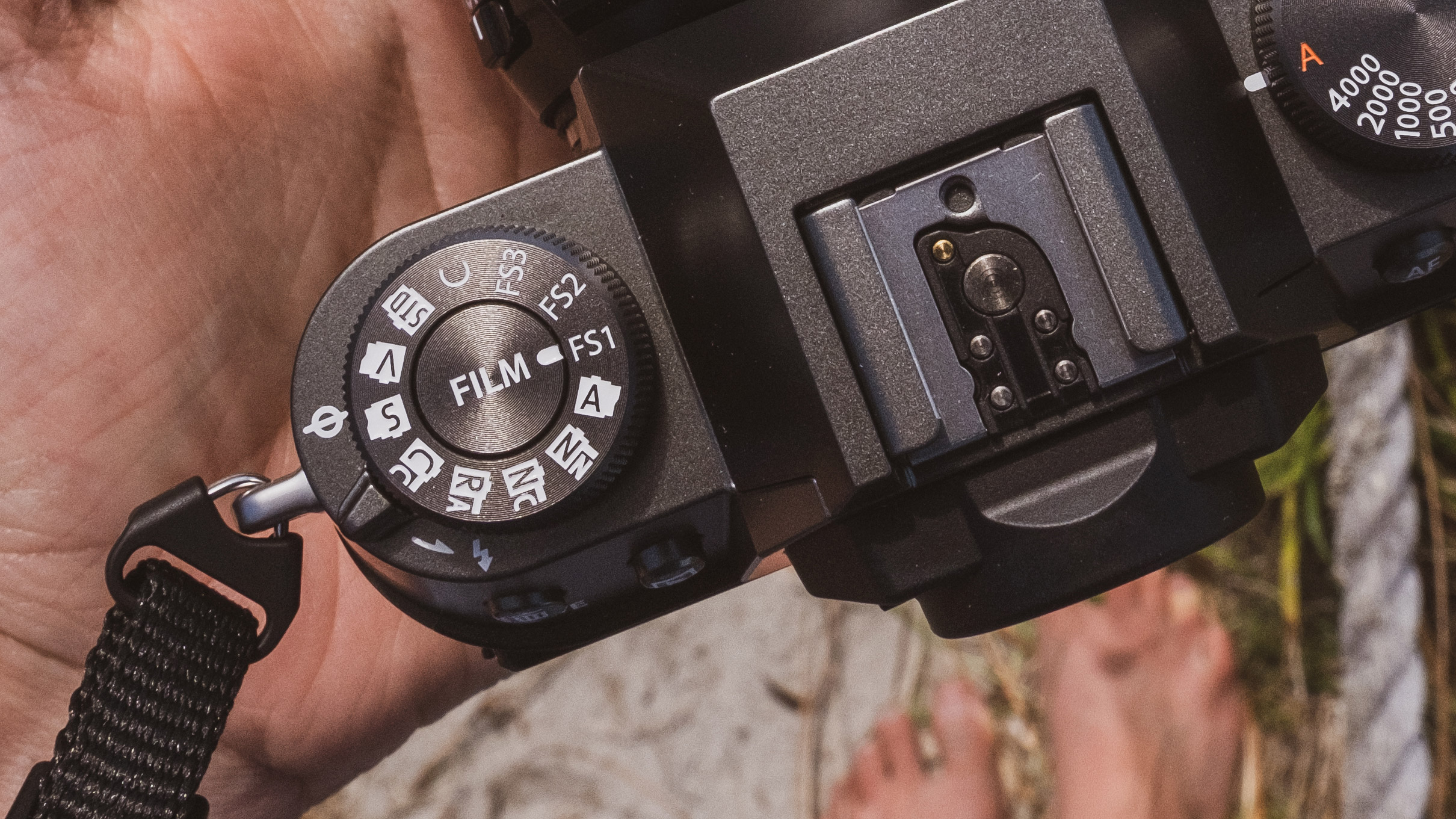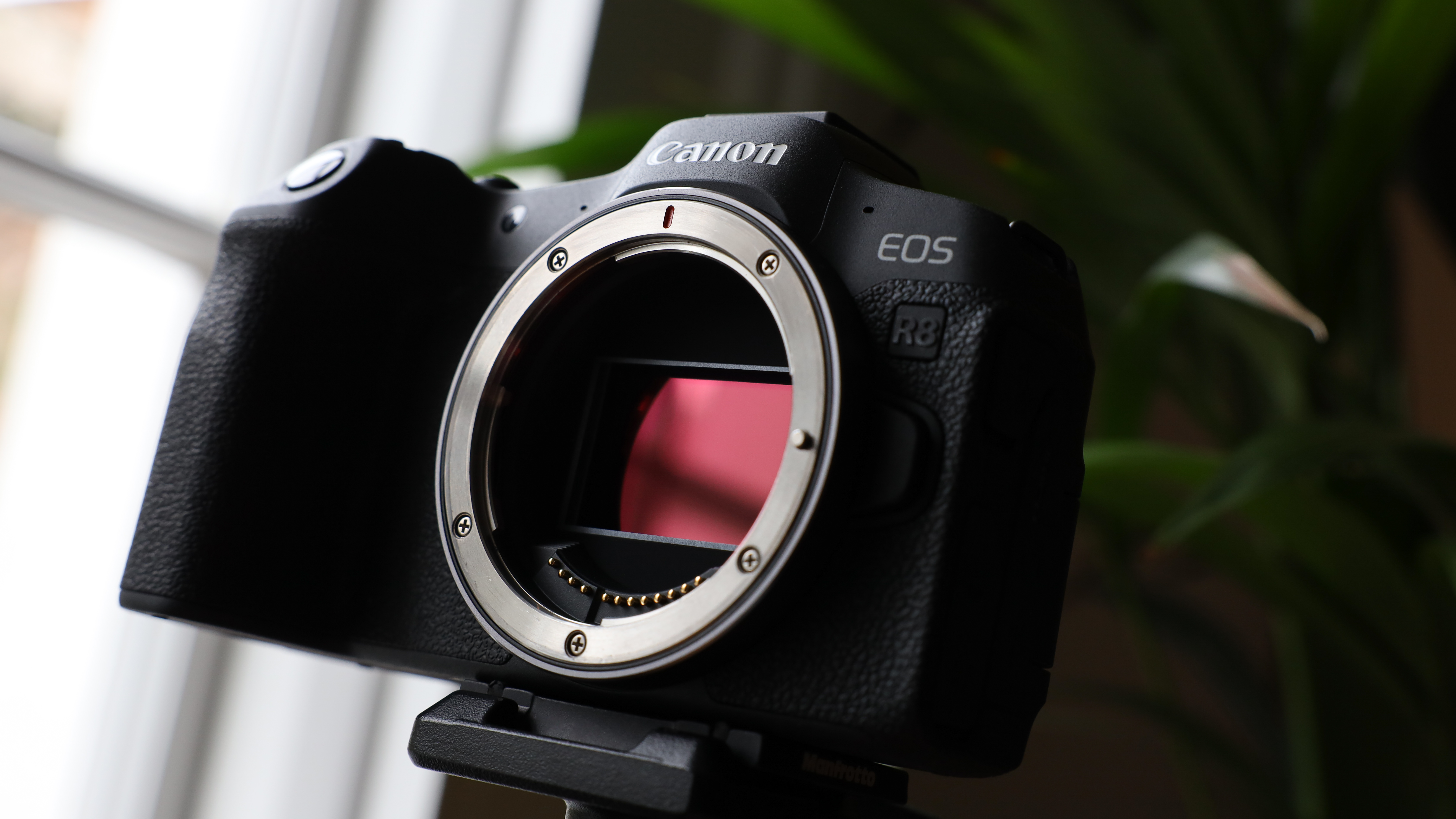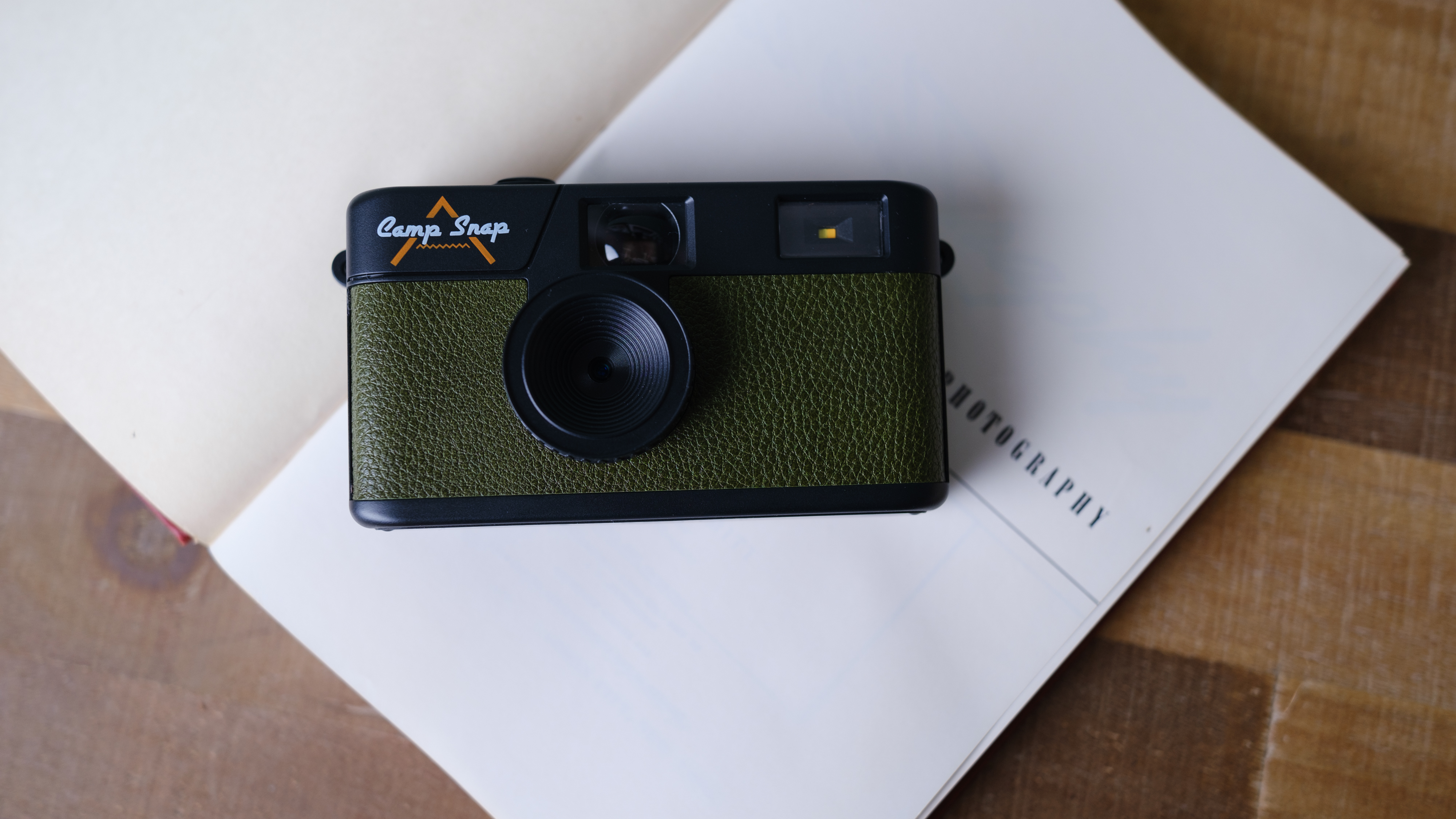Is so-called 'color science' in digital cameras really a thing or just a lot of arty fluff?
Misty-eyed photographers swoon over this mysterious property, but where does it come from and how does it work?

Color science is the term we use to describe the ‘look’ of colors from particular cameras or brands. It sounds like it should have a definite technical basis, but it’s actually quite hard to pin down because it seems to mean different things to different people.
Any photographic image is the result of a complex series of processes, from the analog values captured by the photosites on the sensor through the analog-digital conversion, in-camera RAW processing and demosaicing, white balance, camera profiles and, if you shoot RAW files, your software’s own processing engine and profiles.
So where in all of this does this mysterious property known as ‘color science’ actually live? Here are a few ideas.
The color filter array / microfilters
Every sensor (except Foveon sensors and monochrome sensors) has a color filter array. This is a pattern of red, green and blue filters that fits precisely over the photosites on the sensor, so that each photosite is sensitive to just one of these colors.
Different camera makers use different color filter arrays – most use a ‘bayer’ array, with alternating rows of red-green and blue-green photosites. This could be a point of difference between brands; these microfilters may have different color sensitivities, leading to differences in the color values captured.
The analog-digital converter / processor
The camera needs to convert analog light values into digital data, and it seems quite possible that each manufacturer has a different secret sauce for this. Combine that with (possibly) different color filter responses and this could be a big reason for the different ‘looks’ we see from different brands.
Saving the file
At this point, the camera creates a RAW file. This is processed internally to create in-camera JPEGs or saved to the memory card so that we can process it ourselves. This is where things get muddier, and where ‘color science’ can overlap with software processing.
The best camera deals, reviews, product advice, and unmissable photography news, direct to your inbox!
White balance
The colors produced by the camera’s internal JPEG processing are often somewhat different to those you see in RAW software. Is this ‘color science’? Possibly, but it’s more to do with image processing than hardware differences.
The camera makers have first-hand knowledge of the colors they are trying to achieve in-camera, whereas RAW software is more generic. You also have to remember that RAW processors have to apply their own image processing profile to a RAW file to even display it for editing.
Film simulations and picture styles
Fujifilm’s Film Simulations have become the stuff of legend – among Fujifilm fans, at any rate. But is this ‘color science’? Should we count image processing effects as ‘color science’? Hmm.
RAW profiles
RAW processing software like Lightroom and Capture One offers RAW processing profiles tuned for each camera, but these may not exactly replicate the camera’s own JPEG processing (though Lightroom does offer ‘Camera Matching Profiles’ to replicate in-camera picture styles).
You will typically get quite different colors in Lightroom and Capture One, even from the same RAW files, because of the different processing engines and profiles used. Even here, though, it’s still possible to see differences between camera brands – Canon and Fujifilm RAW files, for example, do look somewhat different to Sony and Nikon files, regardless of the software. Interesting!
Presets
Now I don’t think any of us would include presets in any theories about color science. The fact is that presets (Styles, in Capture One) slap such a heavy set of adjustments on top of the image that any previous subtleties of color rendering can get swallowed up.
So where does that leave us? Does color science exist solely in the guts of the camera, or do we include white balance, film simulations, picture styles and all the other processing and finessing that happens later? Does so-called color science even exist at all, or are photographers misinterpreting basic camera settings and adjustments as being deeper than they are?
A lot of the time, I think this is where misconceptions and muddled thinking about color science creep in. People often talk about ‘color science’ when actually they’re just noticing the effects of different camera settings and processing styles.
However, the color rendering of images from my Canon EOS R8 is definitely different to that of my other mirrorless cameras, which include Sony, Nikon and OM System models. And this persists whether I’m using JPEGs or RAW files, or processing them in Capture One or Lightroom.
So, well, all right… I do think there’s something in it!
You might also like…
Color science or not, you can fine-tune the look of your images from any camera with the best photo editing software – and if you don't want to shell out, take a look at the best free photo editing software too.

Rod is an independent photography journalist and editor, and a long-standing Digital Camera World contributor, having previously worked as DCW's Group Reviews editor. Before that he has been technique editor on N-Photo, Head of Testing for the photography division and Camera Channel editor on TechRadar, as well as contributing to many other publications. He has been writing about photography technique, photo editing and digital cameras since they first appeared, and before that began his career writing about film photography. He has used and reviewed practically every interchangeable lens camera launched in the past 20 years, from entry-level DSLRs to medium format cameras, together with lenses, tripods, gimbals, light meters, camera bags and more. Rod has his own camera gear blog at fotovolo.com but also writes about photo-editing applications and techniques at lifeafterphotoshop.com
You must confirm your public display name before commenting
Please logout and then login again, you will then be prompted to enter your display name.




